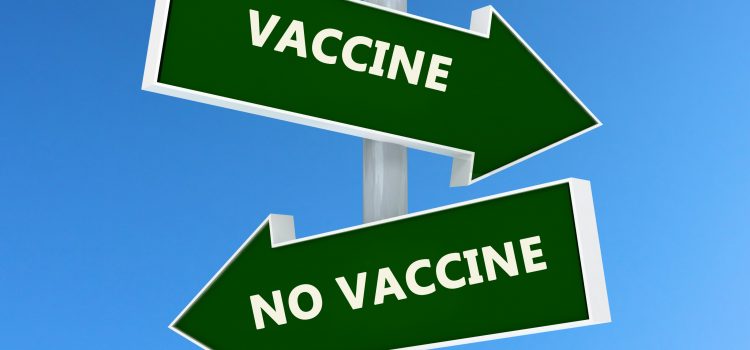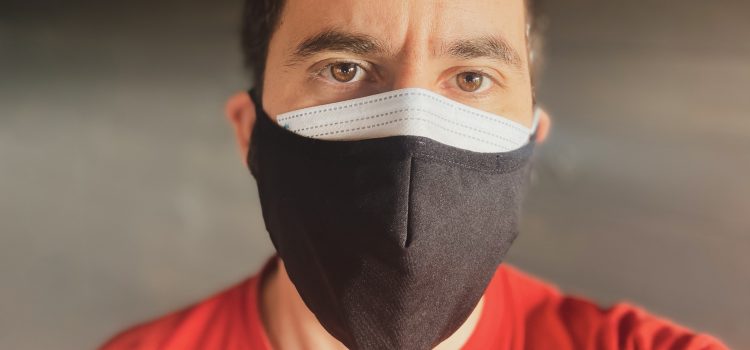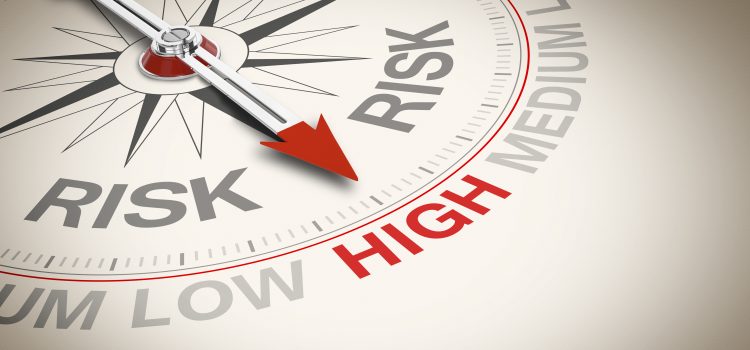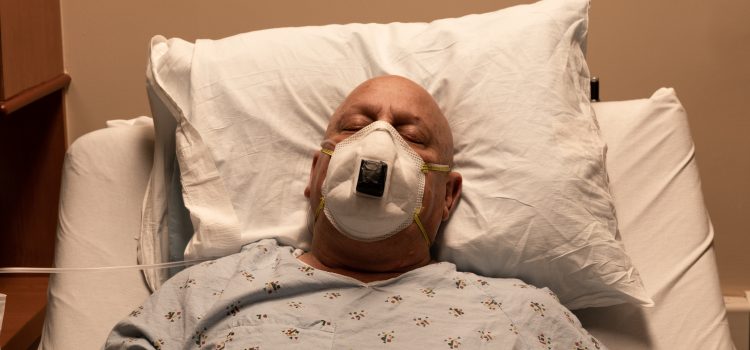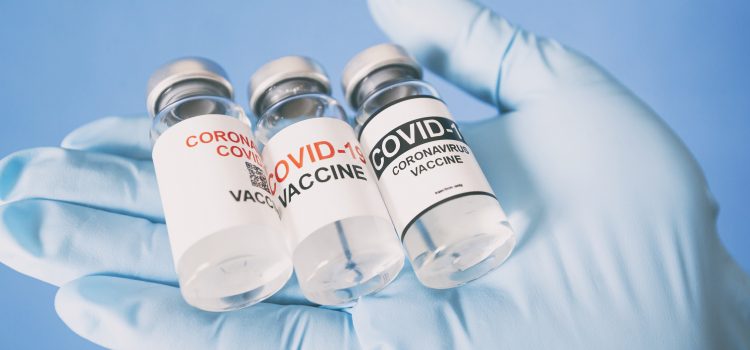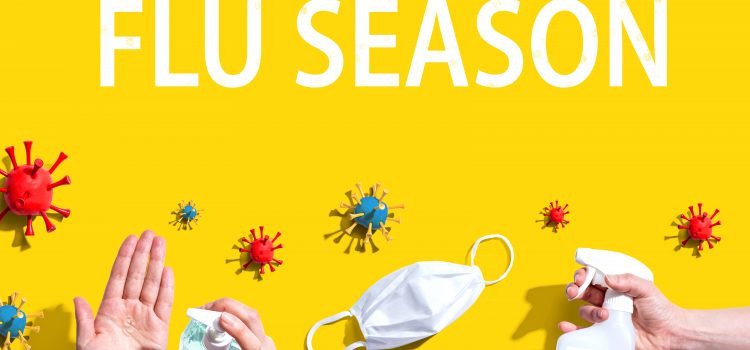Recent reports from the Centers for Disease Control and Prevention indicate that people who are not vaccinated against the SARS-CoV-2 virus are five times more likely to get COVID-19 and 29 times more likely to be hospitalized if they do get infected. At the same time, according to a new report published in Lancet Infectious Disease, people who get COVID-19 in spite of being vaccinated are 50% less likely to experience “long” COVID-19. The research, …
Read More